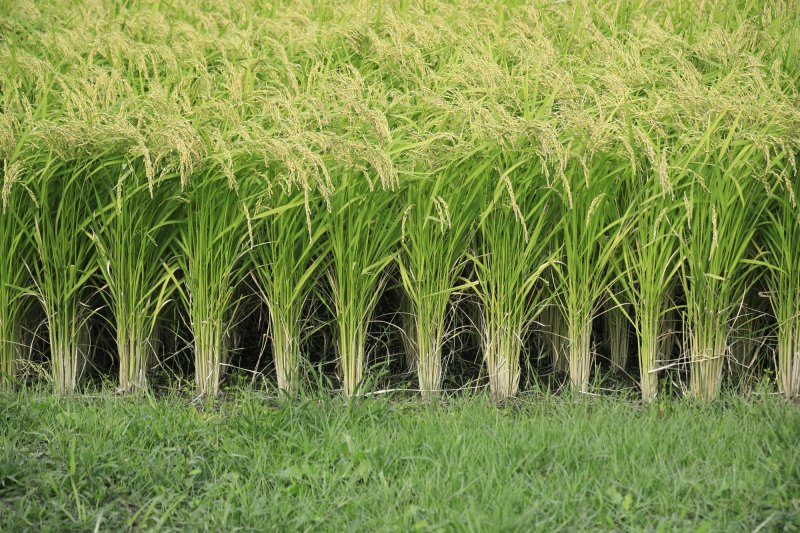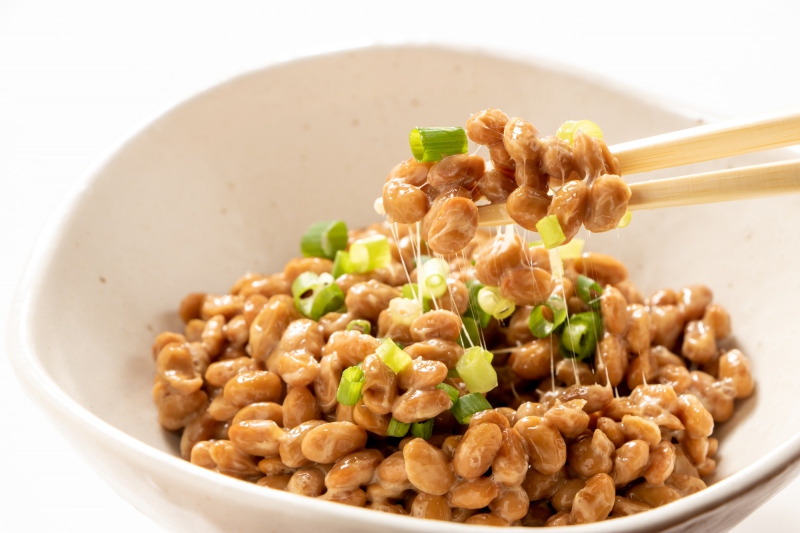
Interesting Trivia About Japanese Sake: Know These Things to Make Choosing Japanese Sake More Fun!
This is a must-read for Japanese sake beginners! In this article, basic information about Japanese sake will be featured, along with some interesting facts that you can boast about knowing. By the time you finish reading this article, you ought to feel more familiar with Japanese sake.
This post may contain affiliate links. If you buy through them, we may earn a commission at no additional cost to you.
What Are the Ingredients of Japanese Sake?
Japanese sake is extremely easy to brew as it is basically made from rice, water, and koji or malted rice (a kind of rice that\'s fermented by mixing bacteria that can convert starch into sugar with steamed rice). Note, though, that while the ingredients are simple, their quality affects the taste of the Japanese sake.
The grains of the rice used for brewing Japanese sake are bigger than the grains of the rice people normally eat. Called "sakamai" (brewer\'s rice), this rice also contains a large amount of starch. Even if you scrape off the protein and fat on the surface of the rice to reduce its unpleasant taste, you can still make delicious Japanese sake out of this rice.
Another essential element in Japanese sake brewing is water, which accounts for 80% of any Japanese sake. It is for this reason that many Japanese sake breweries are located in areas that are blessed with famous mineral water sources.

Japanese sake made from these ingredients can be broadly divided into the following three types, depending on how they are brewed.
Junmaishu: Made from rice, koji, and water. This type of Japanese sake is characterized by the inherent delicious taste and richness of rice.
Ginjoshu: Distilled alcohol is used when making this Japanese sake to remove the unpleasant taste of the rice. It is also heated up a bit and left to ferment for a long period of time. Japanese sake made from rice that\'s been polished more than the rice used for ginjoshu is called "daiginjo." It is known for its refreshing and fruity scent.
Honjozoshu: This Japanese sake is made from rice that is not as polished as the rice used for ginjoshu, so it tastes more like junmaishu. However, since distilled alcohol is added in the brewing process, this Japanese sake is more refreshing and easier to drink.
How Many Brands of Japanese Sake Are There?
There are around 1,400 Japanese sake breweries throughout Japan today. The number of brands changes every year, but since each brewery usually sells several brands, there may be about 10,000 Japanese sake brands in the market. There are also many Japanese sake breweries that will let you sample their products and tour their facilities.

What Is the Alcohol Content of Japanese Sake?
Under the Japanese Liquor Tax Law, the alcohol content of Japanese sake must be less than 22%. The majority of the Japanese sake in the market today have an alcohol content of around 15%.
The brand of Japanese sake with the highest alcohol content in Japan is the “Echigo Samurai” by Tamagawa Sake Brewery. Its alcohol content? A whopping 46%! However, it cannot be sold as “Japanese sake” because its alcohol content is above 22%. Instead, it is classified as a “liquor”.

Is Natto the Archenemy of Japanese Sake Brewing?
Natto is a type of fermented food that is very familiar to Japanese people. However, people working in Japanese sake breweries do not eat natto when they are brewing Japanese sake. The reason behind this is that the bacteria found in natto interferes with the microorganisms needed in brewing Japanese sake.

Natto bacteria reproduce incredibly quickly, and when mixed with malted rice, they actually propagate faster than the koji mold! They are also extremely strong and cannot be completely removed even when boiled at 100℃. People working at Japanese sake breweries apparently also avoid fermented dairy products that use lactic acid bacteria. Isn’t it amazing that people would go to such lengths as staying away from certain foods just to be able to make delicious Japanese sake?!

What Is the Most Used Kanji for Japanese Sake Names?
Japanese sake brands are often written in kanji (Chinese characters), with the kanji for “mountain” (山 or “yama” in Japanese) as the one most often used. A lot of brands probably use this particular kanji because it is easy to associate the taste of Japanese sake with the majestic and powerful appearance of mountains, as well as the freshness of the trees that grow in them, and the clear streams that flow through them.

Japanese sake labels and packaging also come in many different forms, from chic and cool designs to cute and colorful ones! There are even Japanese sake bottles that are so fancy that you can use them to decorate your room after you’re done drinking the contents.

The taste of Japanese sake reflects Japan\'s waters and rice, and varies from place to place. It would be fun to buy Japanese sake from several parts of Japan and compare them!
The information in this article is accurate at the time of publication.



